[Although this article pertains to big city centers, the lesson it offers also applies to Newtown Township, which is considering rezoning the LI/OLI Business Commons district to accommodate mixed uses that include new small commercial uses on the ground floor of 3-story apartment buildings.]
City centers may have to be reimagined to solve the problem of vacant storefronts.
“What do people like? They like to look at other people,” said David Baker, a San Francisco architect, citing a popular creed among architects and planners. “People sitting in there eating a burrito are much more interesting than even a good piece of art.”
A related truism: Walking down the street, you never see the empty cubicles on the 18th floor. But you can’t miss the closed burrito shop.
In San Francisco and nationwide, traditional retail was struggling even before the pandemic with the rise of e-commerce. Many cities had also overbuilt ground-floor commercial space.
Mixed Use Spread Like Peanut Butter!
Cities’ enthusiasm for retail had grown out of the perfectly reasonable idea that mixed-use buildings — commercial below, offices or housing above — have many benefits. They enable people to live and work above the things they need to buy. They can reduce all the driving that’s necessary when stores aren’t near homes or workplaces. And they can foster livelier streets than blank facades or parking garages do.
“I was one of those people running around the country saying ‘mixed use!’” said Ilana Preuss, whose consulting firm helps cities revitalize their downtowns. “The problem was we said ‘mixed use’ everywhere. And we spread it like peanut butter.”
To fill vacant downtown storefronts now, cities will have to consider other such uses. Perhaps fewer coffee shops, and more health clinics, day care centers, university classrooms, live/work spaces and fabrication shops. Ms. Preuss today proposes filling vacant spaces with small-scale manufacturing that has the added benefits of paying more than retail and relying less on foot traffic. She doesn’t mean noisy factories, but people producing tangible things, like bottling hot sauce or roasting coffee beans.
New Ideas for the Ground Floor
Or maybe the empty storefront becomes something else entirely.
“What if there were just more public bathrooms?” said Kim Sandara, an artist living in New York. Or spaces for free cultural programming or city services, or artist studio space.
There are signs that cities are starting to experiment, pairing vacant storefronts with pop-up galleries and businesses, courting college campuses, creating new grants and tax credits.
Fundamentally, Mr. Kickert said, cities need to see the street level as less a place of transaction, and more one of interaction. And perhaps the people interacting aren’t buying anything at all.



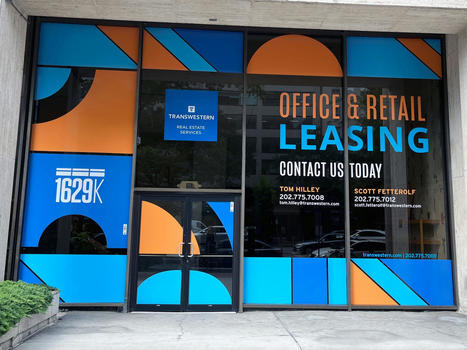


 Your new post is loading...
Your new post is loading...
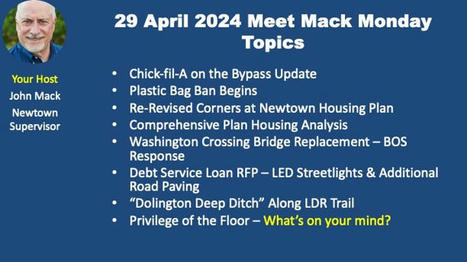

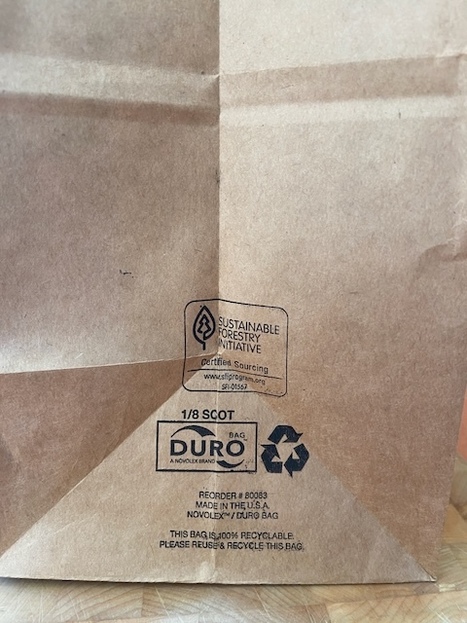
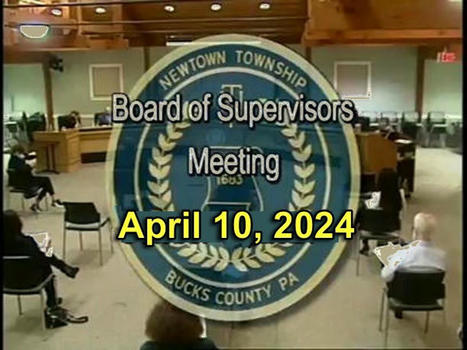
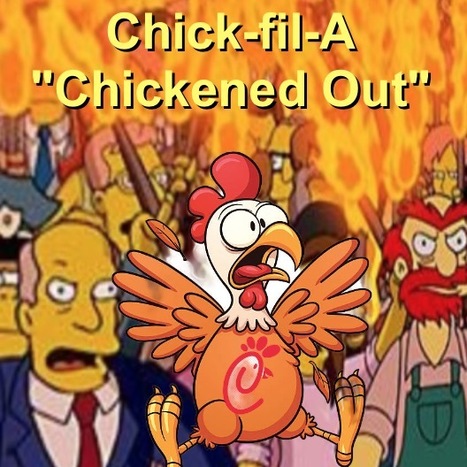
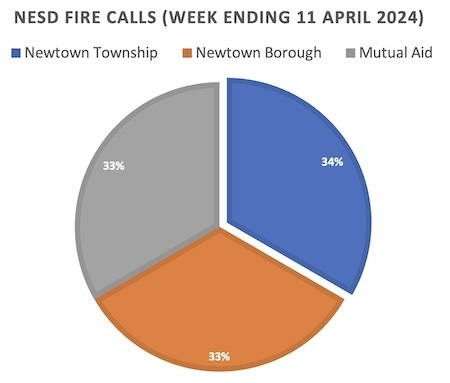

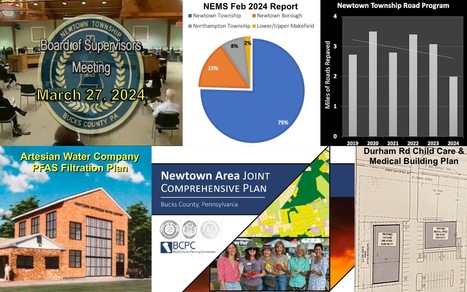
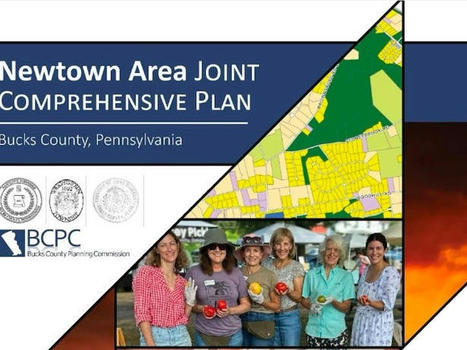

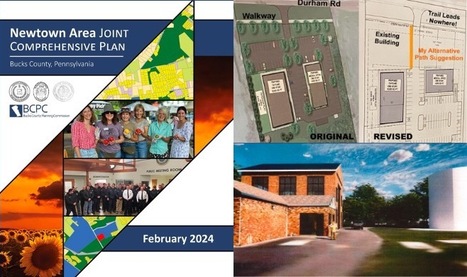
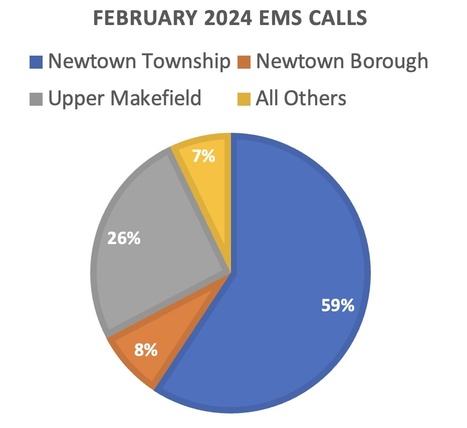
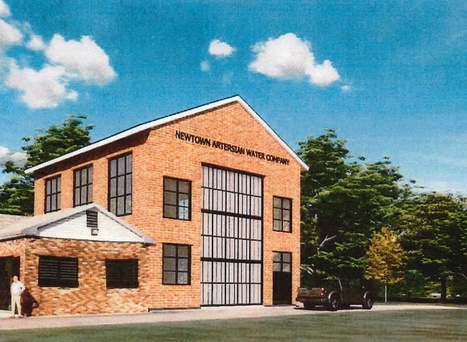
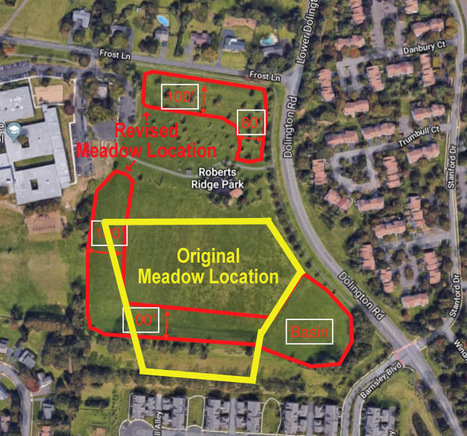






Related Content: